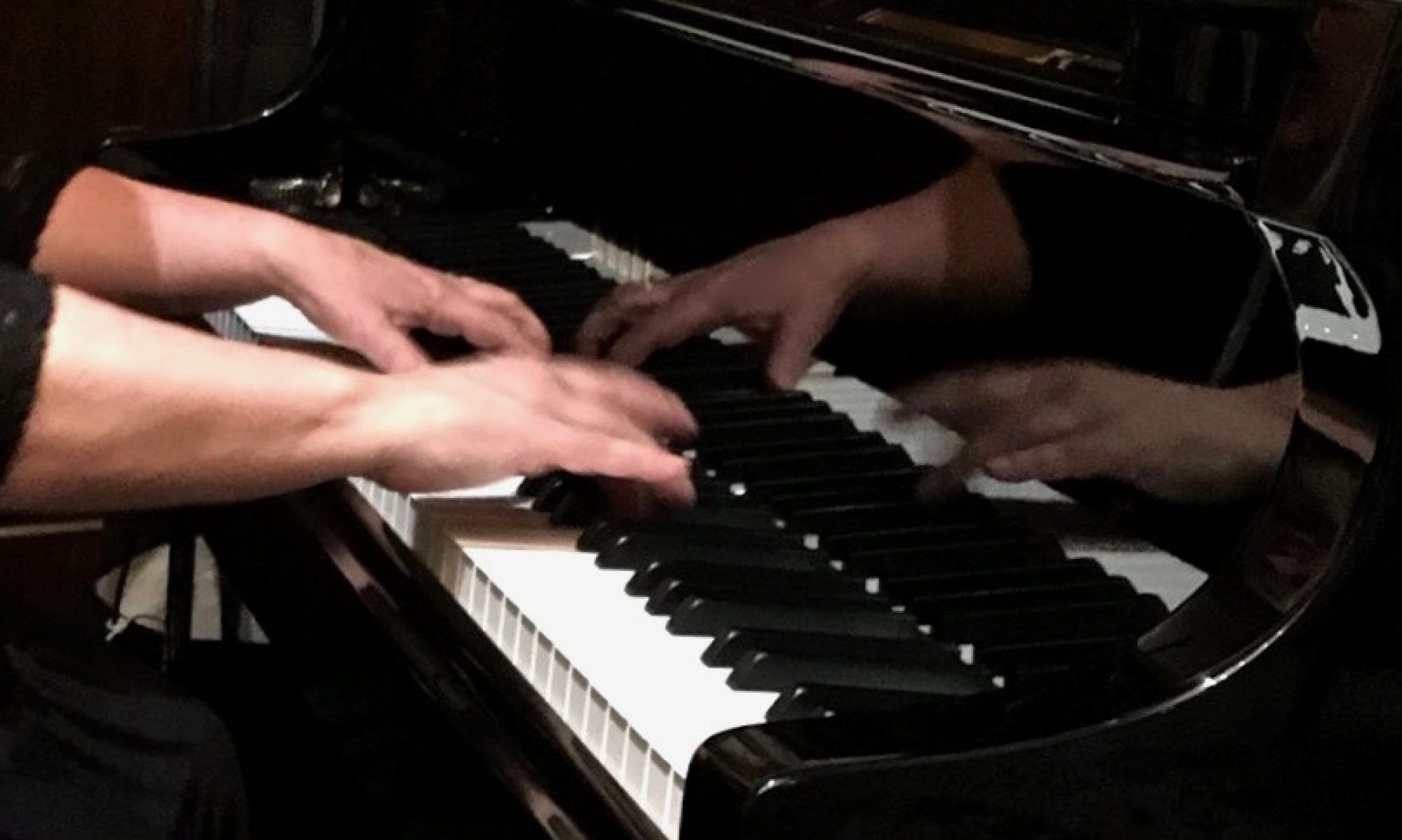Fun Fact: The gorgeous Duke Ellington composition In A Sentimental Mood begins with an ascending melody formed from a pentatonic scale. These same pickup notes (F, G, A, C, D, F, G) could also lead into the Gershwin classic Someone To Watch Over Me, but would land on another starting chord and go into a whole different tune altogether. (See Idea #29 “Chromatic Pickups”, notated on page 44 of my book Amazing Phrasing-Keyboard, found here): https://www.amazon.com/author/debbiedenkemusic Continue reading “In A Sentimental Mood: Ways To Harmonize”
Add Jazz Pizazz To Holiday Hits: Play by Ear & Improvise Piano Tutorials
December is the perfect time of year to develop one’s ear training skills. We’ve been by saturated listening to Christmas & Holiday tunes playing all over the place since Halloween, and know those familiar jingles a jing-jing-jingling quite well by now, so well in fact we can’t seem to get them out of our heads! So you may as well face the music and do something creative with these tunes as long as you are hearing them over and over, right? Continue reading “Add Jazz Pizazz To Holiday Hits: Play by Ear & Improvise Piano Tutorials”
Arranging Tip for the Pianist’s Left Hand: Broken 10th & Variations
The Broken 10th device most likely got introduced during a Nocturne by composer Frédéric Chopin. It’s a very rich sounding accompaniment for the pianist’s left hand, made with only the root, 5th, and 3rd of a chord. (If you take the 3rd out of the middle of a close position triad and transpose it up an octave it is now called the 10th.) Pianists with large enough hands may be able to play the 10th solidly as a chord, but those with smaller hands fear not – the video below shows 2 handed “cheating” ways to play walking 10ths, plus some lovely ways to break up 10th chords in a variety of rhythmic patterns. Continue reading “Arranging Tip for the Pianist’s Left Hand: Broken 10th & Variations”



